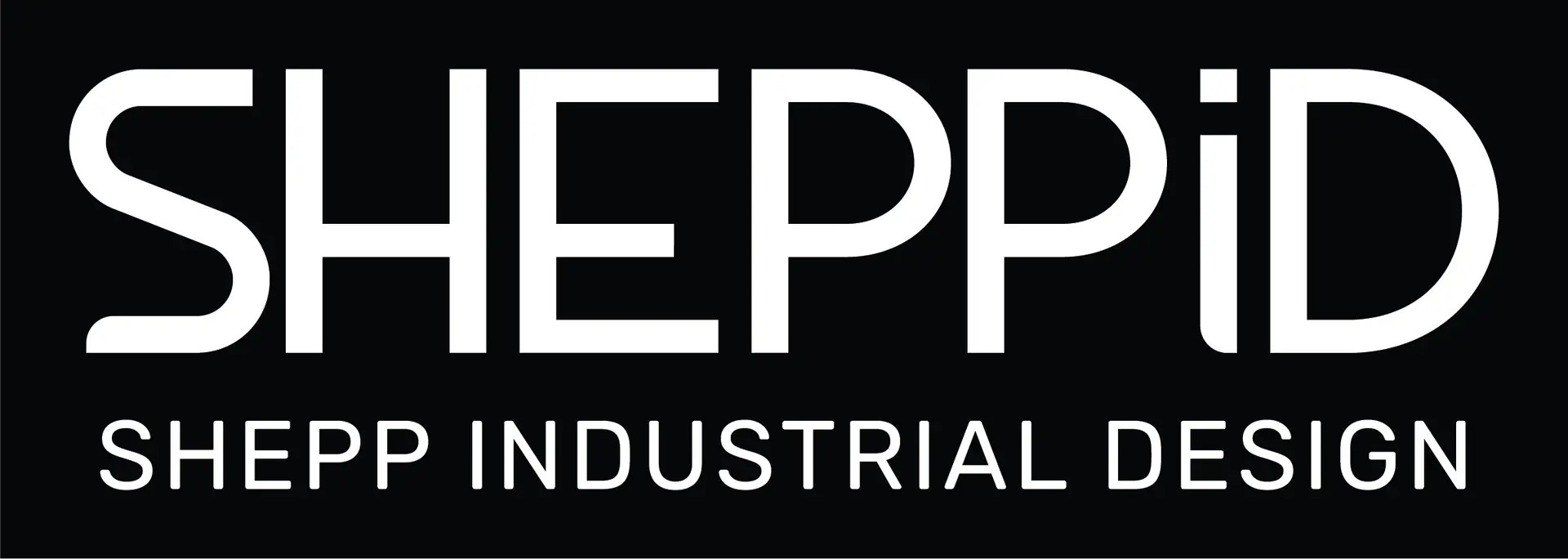One of the most common mistakes in product development is the disconnect between the Corporate branding team and the product design team. Marketing teams focus on logos, visuals, and messaging, while industrial designers and engineers are typically left out of the conversation. The result is a brand that promises one thing and a product that delivers another.
“A product isn’t just an object, it’s the physical embodiment of a brand’s promise.”
Why Brand Trust Depends on Alignment
When brand messaging promises premium quality, but the product experience feels cheap, customers notice immediately. If a company positions itself as innovative but its products look dated, credibility is lost. And when a brilliant design launches without effective marketing, the opportunity to stand out disappears.
This is why brand consistency across design, marketing, and messaging is so critical. They need each other equally. Customers may not be able to clearly articulate the disconnect, but they can feel it, and once trust is broken, it’s very difficult to repair.
How the Gap Happens
The divide usually stems from internal structures. Designers are excluded from branding discussions, and branding teams don’t fully understand design nuances. Marketers may lean too heavily on visuals and marketing campaigns, while designers focus more narrowly on function and usability. To the customer, though, these two sides of the coin are totally inseparable.
“Marketing creates expectations. Product design either fulfills them or fails them.”
Apple is a clear example of brand–product integration. Their super minimalist, functional, and elegant industrial design is matched perfectly by marketing that amplifies the same qualities. Even their packaging feels like part of the product experience (you even notice it when unboxing their products), and advertising reinforces the design philosophy. Customers don’t just buy Apple products; they buy into the actual brand itself.
What Happens When Brands and Products Don’t Align
- A company that promotes itself as a luxury brand but delivers a product that feels cheap.
- A campaign promises innovation, but the product itself is dated.
- A strong product is launched, but marketing fails to communicate its strengths.
Each of these scenarios weakens brand trust and erodes customer loyalty. The real solution is open collaboration between marketing and design teams, no silos, just cooperative teams working together for the best outcome for the company
- Marketers bring customer insights, positioning, and storytelling.
- Designers bring usability, manufacturing expertise, and product experience.
When the two work together, the result is products that both function well and reinforce the brand identity. Every touchpoint, from the product to the packaging to the campaign, everything feels consistent, intentional and connected.
In today’s crowded markets, brand alignment is essential. Companies that connect product design and branding from the start don’t just meet expectations; they exceed them. They create products that look, feel, and communicate exactly what the brand stands for, building long-term loyalty, advocacy, and real brand equity.
When branding and design evolve together, the product becomes the brand, and the brand becomes unforgettable.
Looking for advice on how to ensure your next project’s branding and product are aligned? We can help. Call us at (647) 492-3485 or email info@sheppid.com to make sure your next project is a success.



